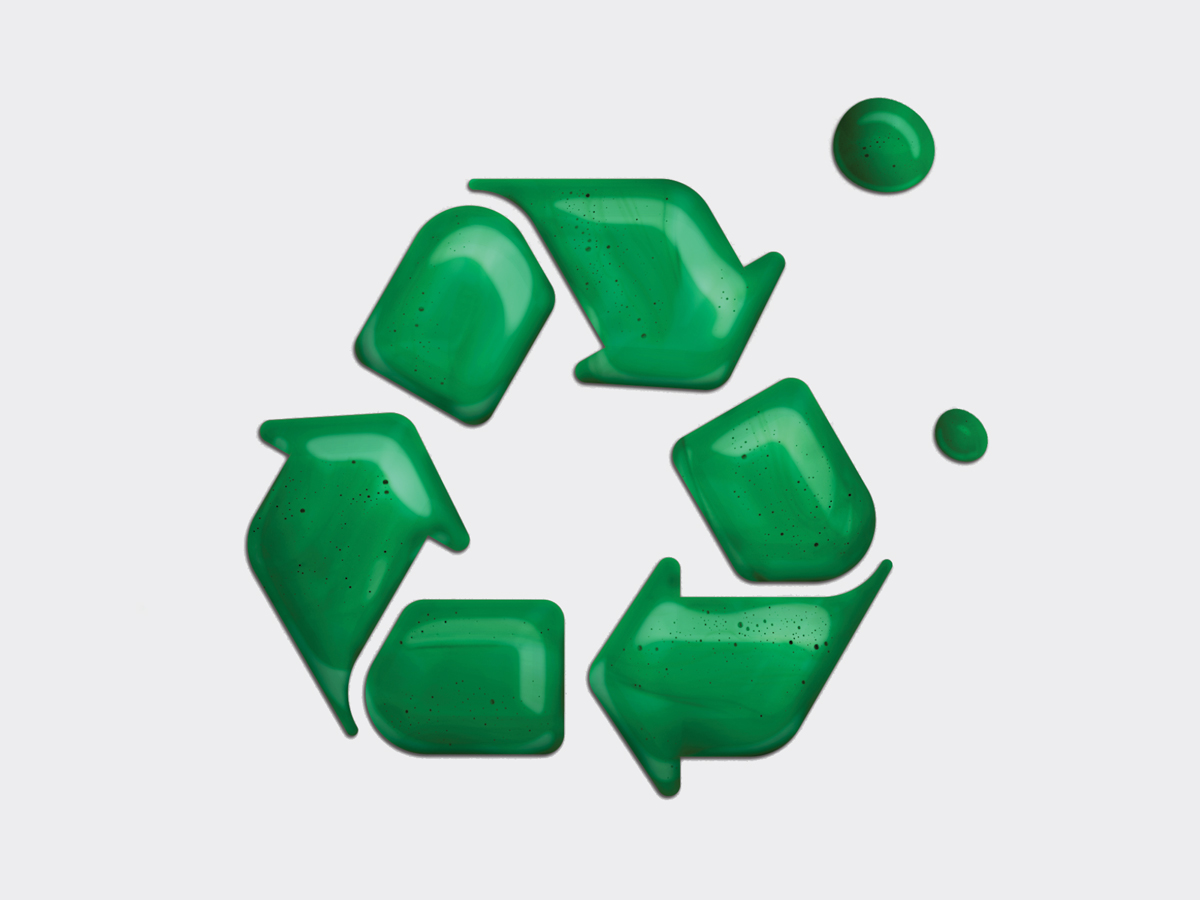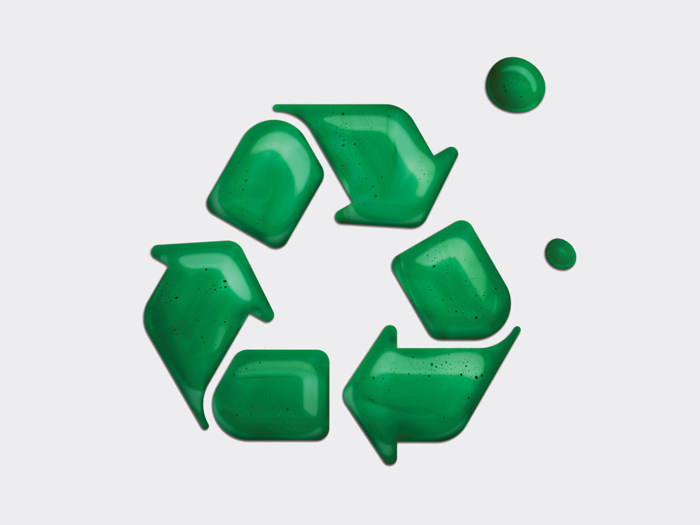
Recycled paint could be the solution to a major problem
 To ensure the best products possible, Loop only uses good-quality paint to incorporate into its line of 10 colours
To ensure the best products possible, Loop only uses good-quality paint to incorporate into its line of 10 colours
Twelve years ago, when CPA Allison Hawkins moved to Windsor, Ont., from Toronto, her to-do list included renovating both her home and the office of her accounting firm, Hawkins & Co. In short, she needed paint. But cost wasn’t the key deciding factor in which brand to buy. Instead, Hawkins sought out the sole specialty eco shop in Windsor where she could find something without noxious ingredients.
“I wanted a healthy working and home environment,” she says. “My husband and I had recently watched a friend die too young of cancer. We were hyper aware of the chemicals in everything we were buying.”
More than a decade later, like many others who are taking time during the pandemic to update their interiors, Hawkins is at it again, remodelling a vintage bank building into her new office. (Sherwin-Williams, one of the world’s largest paint-makers, saw record revenues in 2020, as people scrambled to up their Zoom backdrops.) Fortunately, in the interval, “green” paints have become much easier to find. “There is so much more choice these days,” says Hawkins. All the major brands, like Behr and Benjamin Moore, available at big box or hardware stores offer hues with low or zero volatile organic compounds (VOCs)—common pollutants that may trigger asthma attacks and cause headaches and eye irritation.
Buzzy web-based startups like New York-based Backdrop and Clare deal exclusively in water-based, eco-certified options. Together, the two have attracted more than US$10 million in venture capital funding.
Meanwhile, Loop, a paint manufacturer based in Niagara Falls, Ont., is taking sustainability to a higher standard. Beyond being low in VOCs, the paint it produces is derived from cast-away paints and coatings that are recycled and re-pigmented into new products. “More and more businesses need to see waste, such as discarded paint, as a potential resource,” says Josh Wiwcharyk, Loop’s president. “It’s essential if we want to move to a greener economy.” Other Loop products repurpose roof tars, varnishes and other sealants.
The environmental need for such an approach is clear. Every year in Ontario alone, consumers jettison around 10,000 tonnes of paint, according to Loop—almost one kilogram per person. Return to Retail, a provincial recycling program that helps supply Loop, collects more than 1,300 tonnes a year. That’s enough to decorate the walls in more than 35,000 homes—much better than languishing in the bottom of rusting tins or, worse, in Ontario’s landfills, where it can seep into the ground.
Loop diverts about 5,000 tonnes of used material annually from the waste stream, employing a proprietary process to remanufacture and reuse it. Similar colours are mixed together to limit the volume of new pigment required to achieve a particular tone, though some new raw materials are necessary. Low-quality paints are sorted out and resold to discount distributors. “We know our paint is good quality because we only use good-quality paint to make it,” says Wiwcharyk. “A lot of it comes from familiar brands like Benjamin Moore.”
One key advantage: Loop upends the idea that more sustainable means more expensive. One gallon costs about $18, which is roughly half the price of similar brand-name paints. The accessible pricing is one reason Loop is the only paint available at Canada’s 260 Giant Tiger stores, the company’s exclusive distribution channel. “There are benefits to being a single-source vendor,” says Wiwcharyk, noting the low need for client customization and therefore lower production costs.
Loop, however, has a kink. Whereas Sherwin-Williams offers at least 48 different types of white, Loop’s total palette is currently 10 colours in total. The narrow selection is a necessary result of making new paints from existing hues, as opposed to starting with raw pigments. It’s also not unprecedented. Startups Backdrop and Clare have an intentionally short list of colour choices (and only a handful of whites between them), with both companies claiming that focused curation reduces confusion among customers. After all, can anyone really tell the difference between eggshell and popcorn, cloud and cotton white?
GOING GREEN
Learn how Ex-IKEA marketing director Len Laycock aims to turn heads with a new environmentally friendly Canadian mattress brand and why lab-grown diamonds are a cheaper, more ethical alternative.